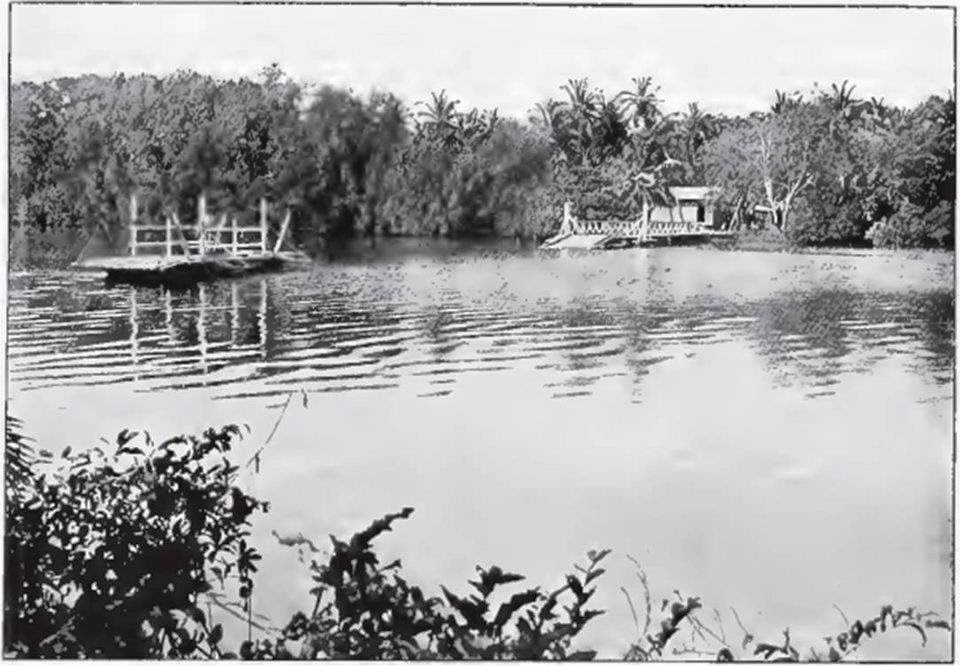Sometimes we see others success and have no idea what they had to go through to reach where they are today. In a collaborative effort effort between Akeme Clarke who's blog is entitled "A call to all Entrepreneurs" and myself we would like to highlight an
entrepreneur from Mayaro. Enjoy...
"My name is Nathan Thomas and I am the proud owner of Ice Shak. I came up with this name because it reminds me of where I came from and the family I grew up with. I am from Mayaro but I live in San Fernando. My parents also are from Mayaro and they were born into a family of ice makers/sellers. I grew up with my parents living from hand to mouth, selling ice from the old red fridge that we had bought from my Aunt in Pierreville which borders Mayaro. That fridge was so noisy we had to put it in the back. Growing up in Mayaro was fun for me as a child, doing what boys do best. Playing football, fishing and all of that, but times were not so easy back then either. I have seven siblings before me so you know things were hard for me. I looked at my parents work so hard to provide for all of us and I said I have to be the one to step out. And I literally did that. I did not get an education but I knew I could count money very well and I could make and sell ice as well, so that is what I did. I took the family business a little further. I saw myself doing more than they did and watch me now. I have my own place, my own business and I am very happy. I know to a lot of people what I have may seem small and insignificant but if I tell you, them same people does come and buy my ice."
Mr. Thomas can be added to the ongoing list of successful individuals arising out of Mayaro. Taking what little he had and transforming it into a business is a great success and in the world of entrepreneurship he is making a significant contribution.
.jpg) |
| South vendor partakes in sale of ice from Mr.Thomas |






















